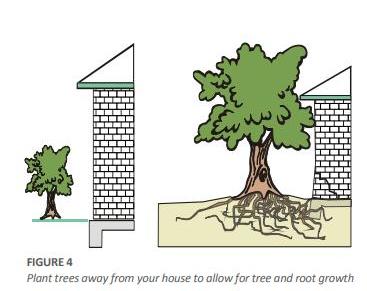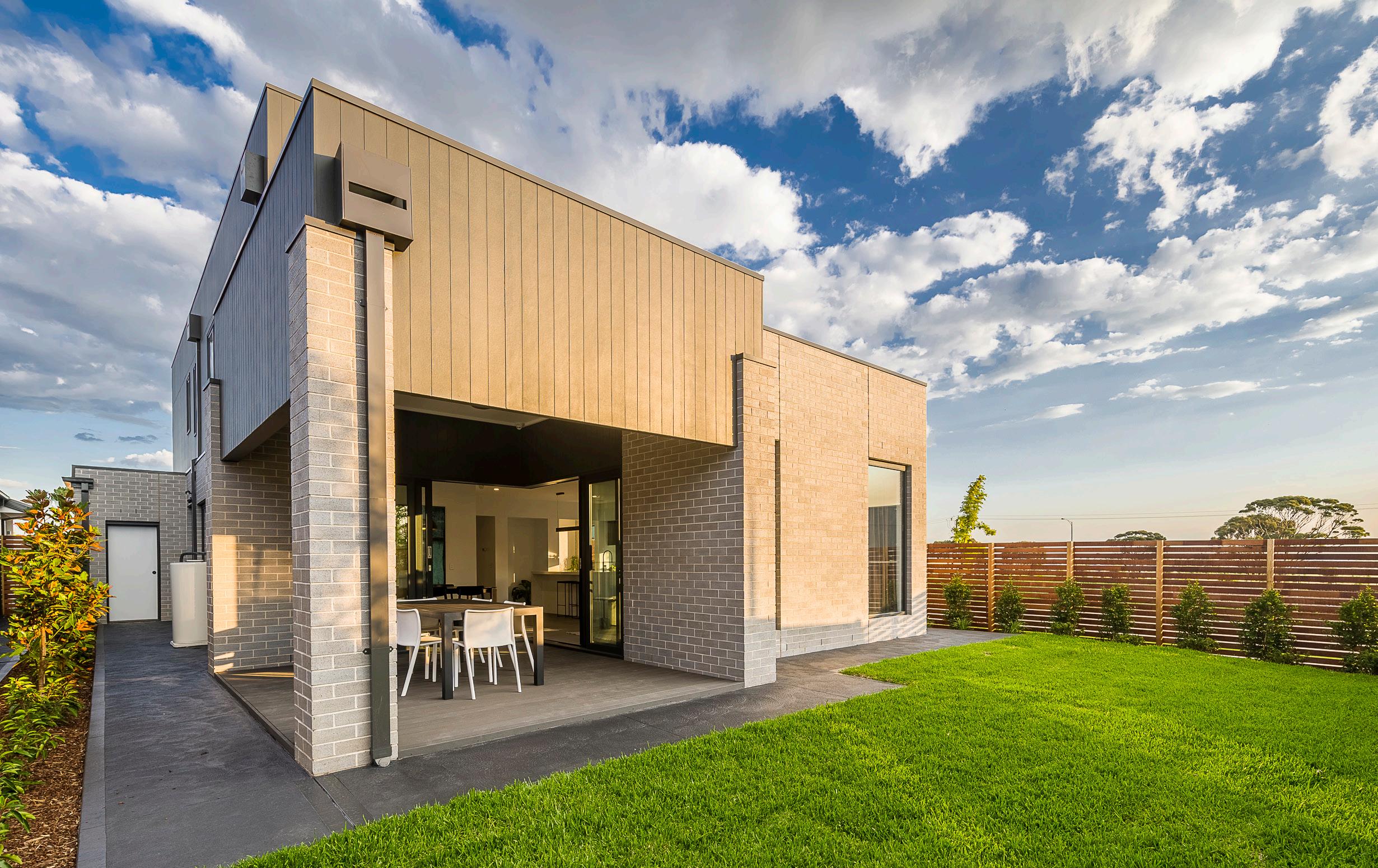
5 minute read
DRAINAGE AND SLAB CARE
CONCRETE SLAB - The concrete slab is the foundation of your home and it is one of the most important things to maintain, you can do this by keeping water away from the sides and underneath the slab. Check out the guidance advise from the VBA at the link here https://www.vba.vic.gov.au/consumers/guides/minimisingfoundation-movement
Q. Is minor cracking in my garage and alfresco slab normal?
Advertisement
A. Yes, the surface cracks are due to shrinkage in the concrete as it cures. There is little that can be done about this. Expansion joints are used in larger areas of concrete to minimise this. The minor cracks will not affect the long-term structural integrity of the slab. DRAINAGE - It’s important that all drains are kept clear of rubbish and debris and are allowed to drain to their full intended purpose. Ensure you clear any debris from external drains and that the drains are draining correctly. Be aware that any additional landscaping or external work conducted after handover may impact on and interfere with the drainage designed for your home, this can include retaining walls, irrigation and laying of additional drainage for driveways or turf. We advise speaking with a licenced plumber or landscaper prior to undertaking any work. Never pour paint, chemicals, oil, concrete, plaster, pesticides or other substances down any of your external drains. Check with your local council for instructions on how to dispose of these types of substances correctly.
Q. I am wanting to connect my garden shed to the house’s stormwater drain, can I do this?
A. No, the stormwater drain has only been designed for the house to drain into and this could overload the drain causing flooding in your back yard. Please consult with a licensed plumber to assist in this matter. CLEANING YOUR DRAINS - Not every home has a silt pit or an agricultural drain installed, so please ask us to show you where the drain access is and how to clean the drains.
Q. Can I move my drains to undertake landscaping work or pour an additional slab? A. This is a tricky one. Yes, you can however if you do, you risk damaging the drain and pipework. This can cause extensive issues and you may need to pull up a large area of your backyard to repair any damaged pipe work. Before commencing any drain or pipe work moving, removal or replacement please engage a licenced plumber.
GARDENS AND TREES - Before planting anything new, consider speaking with a professional to make sure new plants and trees wont effect the slab or exterior of the house. Also consider their watering needs and how this may affect your concrete slab.
Q. I am planning on completing my own landscaping after handover, will my home warranty be voided?
A. Any slab movement caused by poor drainage (such as over irrigation or lack of drainage with retaining walls) as well as inadequate landscaping, may void your warranty. Please speak to us if you have any questions or concerns. NATURE STRIP AND INCLUSIVE LANDSCAPING – If your property has included landscaping or if the nature strip has been reseeded after works it is the responsibility of the owner to water the grass seeds, plants and lawn daily for the first 3 months. Any plants that die or grass that does not reseed will not be covered under warranty if this is not done and an independent contractor may be called out to determine this. If it is determined that watering or misuse of the area occurred, the call out fee maybe charged to the owner.

WATERING – When you are watering avoid watering directly onto the slab or exterior of the house and we suggest installing automated watering systems a sufficient distance from the slab to ensure water does not pool or go under the slab and again we suggest speaking with a professional contractor, licenced landscaper or plumber.
Q. Can I install an automated watering system or sprinklers?
A. Yes, just take into consideration the direction of the water flow (keeping it away from the house) and the amount of water (you want to avoid pooling around the slab). We recommend placing sprinklers away from the houses in the middle of the lawn and monitoring their wattage area to ensure they are not impacting on the exterior of the house. WEEP HOLES – Around your slab you may notice, in the brick work, gaps. These are called weep holes and allow for ventilation and air flow of the inner wall cavity. It is imperative that these are kept free from debris, mulch, soil and that you do not fill them up or obstruct the air flow into these gaps.
Q. Can I build a garden bed covering the weep holes?
A. No, this is not recommended at all as it will restrict air flow to the inner wall cavity. TERMITE TREATMENT – As a part of the construction of your house we installed an initial termite treatment at the slab stage. Before undertaking any additions to your property, we recommend you familiarise yourself and contractors with the property’s termite protection. We also recommend you follow the installers guide to avoid voiding your warranty. Check out some more information here https://www.vba.vic.gov.au/consumers/guides/termites


PAVING AND DRIVEWAYS All external paths and decking will be sloped away from your home allowing water to drain away from the house. We recommend you apply expansion foam to every surface that comes in contact with the side of your home to allow for minimal cracks. CONCRETE PATHS AND DRIVEWAYS - The concrete paths surrounding your home have expansion joints allocated in their construction. It is normal for small hairline cracks to occur over time, however if you notice any major cracks please do not hesitate to contact Home Care. Driveways are designed for normal family vehicles, if heavy vehicles are used on driveways you may find that cracking and/or sinking can occur. As heavy vehicles fall outside of the intended use of the driveway, any cracks, sinking or issues from misuse of the driveway will not be covered under warranty. We also suggest avoiding driving on the edge of the driveway as this is also a weak point and may cause cracking, sinking or breakages in the concrete. You may notice that as the concrete cures that there may be some slight colour variation throughout the paved paths and driveway areas. This is completely normal and natural and does not represent a lack of or less integrity to the concrete. It is simply a result of how the concrete is affected by weather and curing duration. Sealers or stains that have been used on external paving, paths, decking and driveways will be affected by the weather and general use. We suggest checking them regularly and in line with the manufacturers’ guidance material included in your handover pack.










